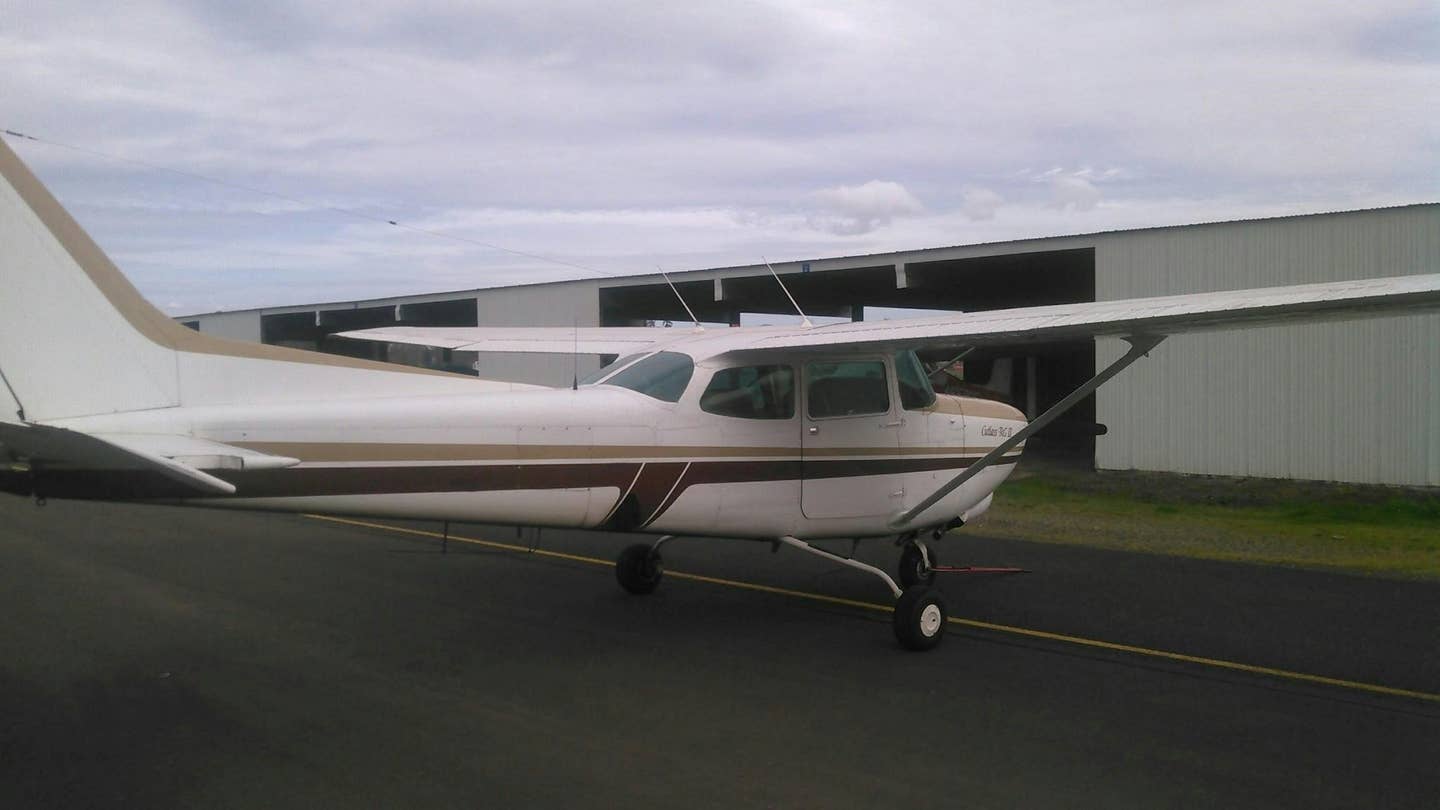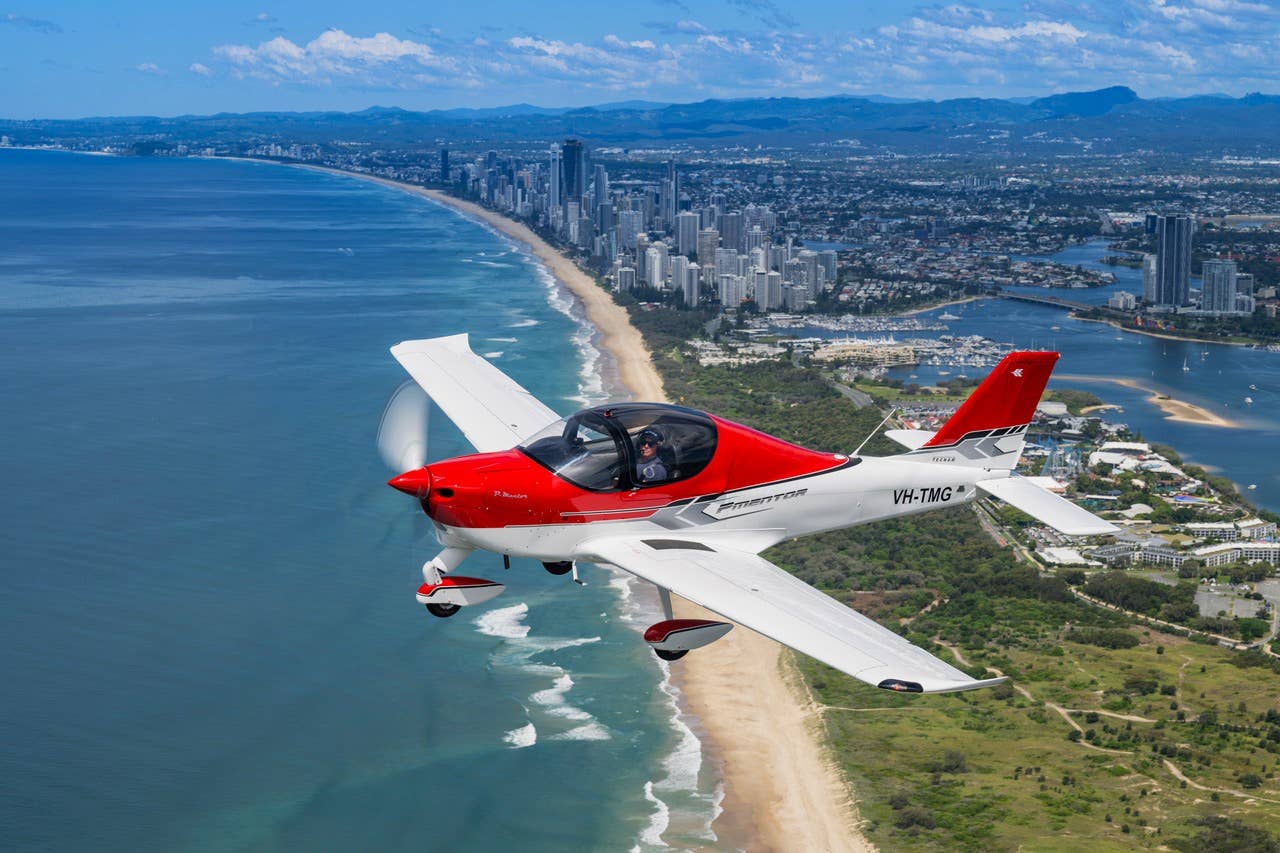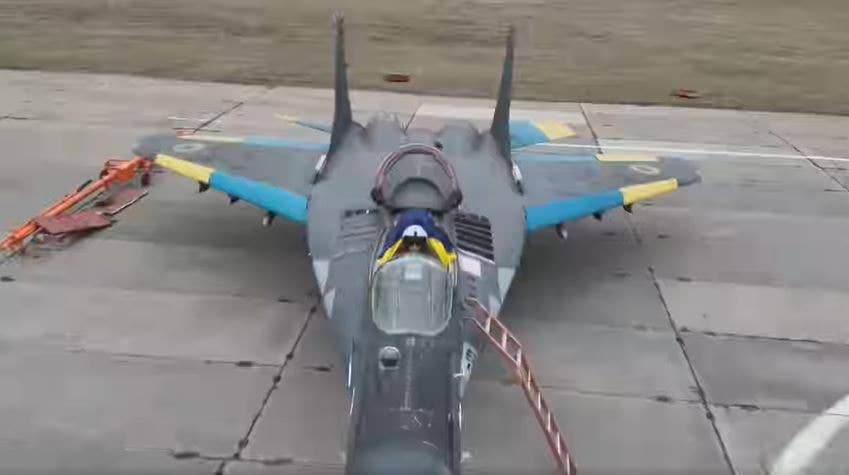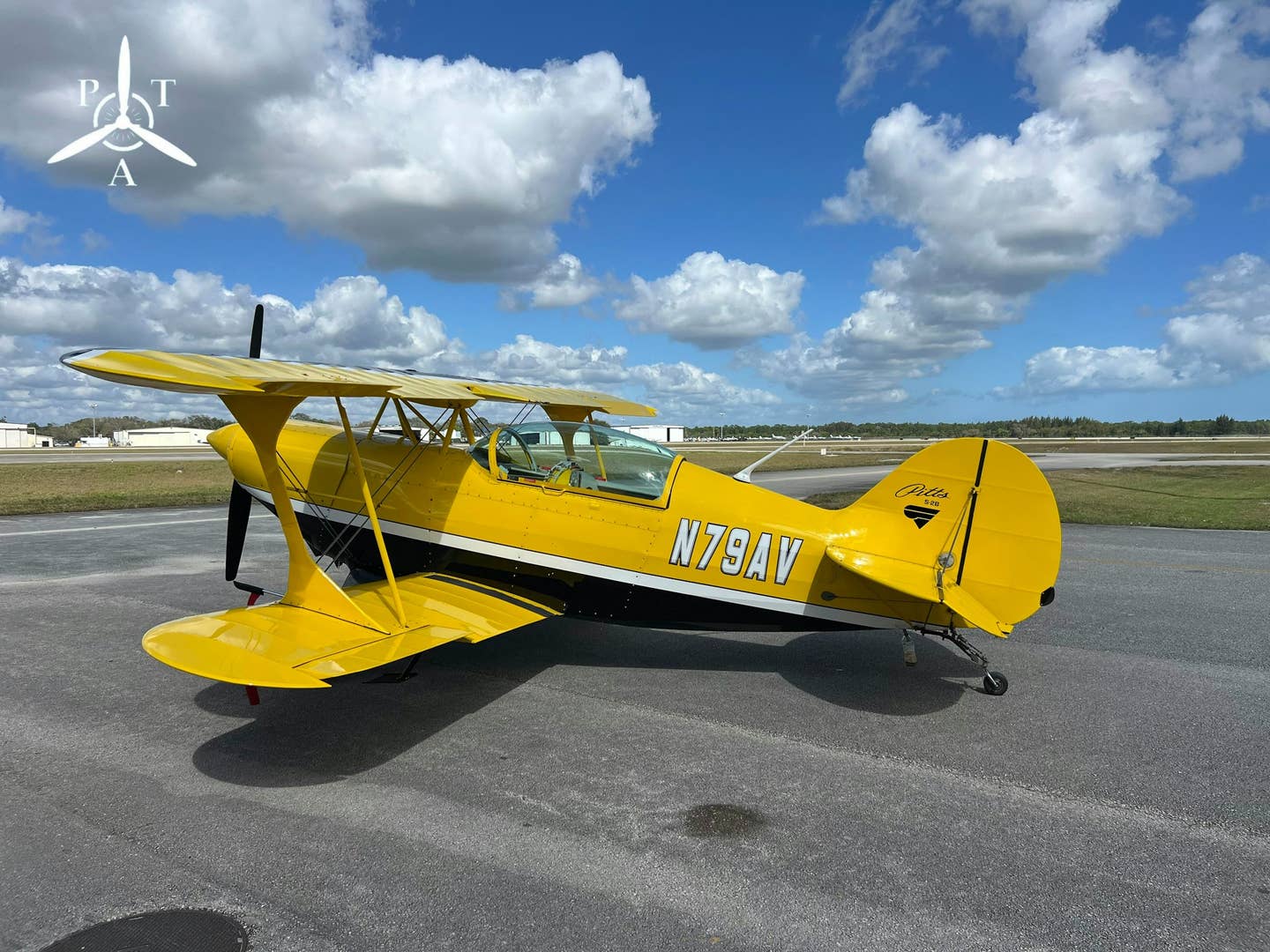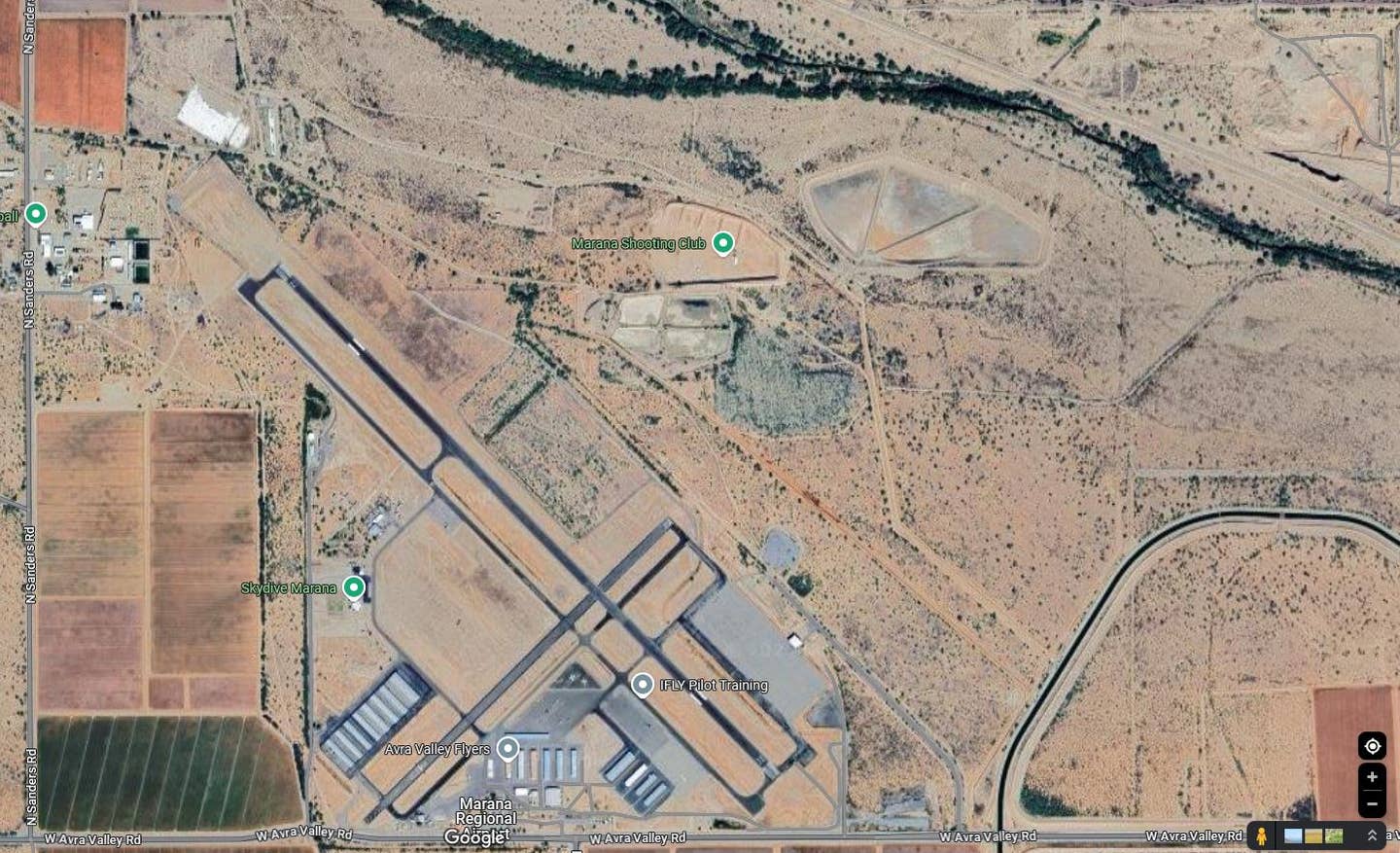
One hundred seventy-seven flight hours from now, the engines on our 1980 Piper Cheyenne will reach TBO. That's about 13 months away, given our average yearly flying. This milestone has precipitated all sorts of careful calculations in my house. Should we pay to overhaul the engines? Why put that much money into an ancient airframe? Could we ever get our investment back at time of sale? What does an overhaul cost, anyway?
As to the latter, the bluebook says $120,000 to $160,000 per side, and that's a lot, but I've heard horror stories — some apocryphal — suggesting that once the engine is opened, it is not uncommon to hear that the price has escalated. This information comes to you, they say, once your engine is in pieces on the shop floor. I find this overhaul prospect both financially frightening and, in another sense, slightly ironic. It's frightening because these are uncertain times for all of us and we're talking a lot of money here. My retirement account is a shadow of its former self. It's ironic because, of all the maintenance issues, repairs and glitches that we've had in 10 years of Cheyenne ownership, the engines are about the only bits that haven't required unscheduled interventions.
The starter-generators are 1,000-hour scheduled maintenance events. Same for the props. No surprises there. We did a hot section on schedule on the right engine almost four years ago. It was costly — close to $40,000. Believe it or not, it felt good; I felt I was being a good steward of the airplane. That engine runs a little hotter than before the hot section and burns a little more jet-A, but now it matches the left engine more closely.
None of these occurrences was surprising. We knew they were coming and prepared for them. On the other hand, we were totally unprepared for the $4,000 annunciator-panel repair, the frequent heater and air-conditioner repairs and the little valve that controls the bleed air pressure to the boots and gyros that goes for $6,500 and sits under the floor in the passenger compartment. And I have invested a small fortune and an inconvenient amount of time to the replacement of all manner of gyros. Talk about paying for the Piper.
So we now face the dilemma confronting many fellow airplane owners, whether they be the proud possessor of a Cessna 172 or a Falcon 50: what to do with a great airplane of a certain age that is bumping up against another mandated and expensive intervention. This seems like a time for study, contemplation, analysis and thoughtful decision-making. The only barricade between me and accomplishment of such grown-up activities is the fact that I love our Cheyenne. The thing fits us like a glove. We've done the interior — it's still beautiful — and painted the airplane in colors we like. I know this airplane. When we're in icing, I am reassured by the thrump of ice against the fuselage, for I know that the prop heat is working well. We can fit our family and dog, or two couples, in it and go places in comfort and style.
What would I like to improve? Speed and range, of course. There's a cure for this desire offered by Blackhawk. Big PT6-135As, bursting with 750 horses each, can be bolted onto the Cheyenne I. At 24,000 feet, such an alteration results in a speed increase from 229 to 275 knots. Sure, you burn 17 gallons more per hour, but you get there before you have time to worry about fuel reserves. Of course, you need bigger props too. So the whole package can push $700,000.
This is where a wife (Cathy) with an MBA and an interest in equity, return on investment, residual value, hourly costs, etc. comes in. How, she wonders, can you justify a $700,000 investment in a machine that is currently worth about $300,000, even if we had the money? How do I know we'll get any of this money back, she asks. My usual response is to change the subject and make her a martini.
When you think about it, how can I justify taking the chance of "just" overhauling our own engines? They could cost more than we expect, and there is no guarantee that any of that expense could be recouped. This line of thinking has prompted another round of endless cerebration. Maybe we should get another airplane.
These other airplanes come in two varieties: another Cheyenne for which another owner has taken the leap and done the engines and now has to sell; or a different airplane such as a single-engine turboprop. In the former category there are several variations to pick from, and the subtleties can keep you awake at night. How about a Cheyenne I that has those big engines? What are they going for these days? How about a young-engine Cheyenne II with its "stability augmentation system" that makes buyers be wary?
Most of us know the addictive qualities of aso.com, controller.com and Trade-A-Plane. When I am not working, eating or sleeping, you can find me there. I find an airplane I like, switch to flightaware.com and check out the ground speeds on several trips. Are these big-engine Cheyennes as fast as they say?
I've talked to several experts. My most trusted advisor is Bill Turley, a friend for 25 years and owner of our maintenance base, Aircraft Engineering in Bartow, Florida. Bill's a no-nonsense guy with a way of cutting through the noise to get to the essence of a choice. Another good source is Mike Shafer, president of Mercury Aircraft Sales in Sarasota, Florida. I've known him for several years. He knows the market and also has a straightforward way about him that belies his former career as a player in the National Football League. I've also had correspondence with Ed Black of Blackhawk. These discussions open up even more variables. What about putting Cheyenne II engines (PT6-28s) on our Cheyenne I? You can get a pair with 1,500 hours remaining (that he's just taken off a II that was getting fitted with those big 135As) for $370,000. With trade-in for our cores and the appropriate certification, we could probably do the exchange for $270,000, less than the projected cost of overhauling our -11 engines. Of course, we'd have only 1,500 hours to go before the same questions came up again.
Mike and Bill are known advisors, and they aren't selling me anything, so I feel at home with their advice. Guess what? Their advice is don't do anything yet. The value of our Cheyenne is almost down to the "run out" price, so the next year is essentially free. In the meantime, look for a pair of low-time engines (either -11s, -28s or, improbably, -135As) that we might pick up at a great price. If that doesn't work, think about the single-engine turboprops.
There is a lot to recommend the single turboprops. The turbine engines are so reliable that I've the sense that, given my modest piloting skills, I'd be safer in a single turbine than in a Baron. The contenders are the Piper Meridian, the jet-prop and the TBM. In the case of the Meridian and the TBM, the airplanes are still in production, an important consideration when it comes to parts.
There's no question that the Meridian is a lot smaller than our Cheyenne. It is faster, but the range is much less (most experts say), an important factor to us; we live in Tampa and have family in Delaware and Boston and a pied-à-terre in New England. These trips can often be made nonstop in our Cheyenne, but a Meridian would require a stop for almost all of them. On the other hand, one engine burns less gas, has only one prop, etc. Some Meridians go for as little as $900,000, and they are 20 years newer than the 1980s models of Cheyennes out there. Still, that's a lot more money than overhauling the engines on our airplane. Who knows what the relative retained value of these airplanes will be 10 years from now? My smugness about predicting economic developments has suffered some indignities lately, so guessing about the residual value of a 40-year-old $600,000 Cheyenne versus a 20-year-old $900,000 Meridian 10 years from now is an estimation for which I am neither qualified nor temperamentally suited.
What about a jet-prop? They are a little older and definitely cheaper. I've never flown one and am not sure how I feel about taking a Malibu and bolting a PT6 on the front of an airframe designed for a 350 horsepower piston. I do know that when Piper modified the Malibu to make the Meridian, there were substantial changes. I guess this is one thing I'll investigate over the next year while flying high in my Cheyenne.
And the TBM? Oh, my, would I love one. The cheapest B models seem to hover around $1.4 million. These airplanes are fast, efficient and beautiful. The TBM is smaller than the Cheyenne and has no potty, but you get there so quickly, I'm sure I can hold on long enough. Besides, in 10 years of ownership, our potty (I really don't like this term — shouldn't we just call it a relief bowl, or something like that?) has been used twice. But unless something wonderfully unforeseen happens to our finances, I just don't have the cash. These numbers will boggle some readers' minds, while others might find them amusingly modest. To me they're a lot.
So I wrestle daily with these calculations and estimations. I remember reading a Richard Collins column years ago in which he described the number of yellow legal pads he used up while deciding on the Cessna P210 he ultimately bought and flew for 8,000 hours. I hope I'm going to be as wise. My wife tires a bit when I bring up the subject, but she knows that when I'm staring out the window and she asks what I'm thinking about, the answer is always the same: engines.

Sign-up for newsletters & special offers!
Get the latest FLYING stories & special offers delivered directly to your inbox

